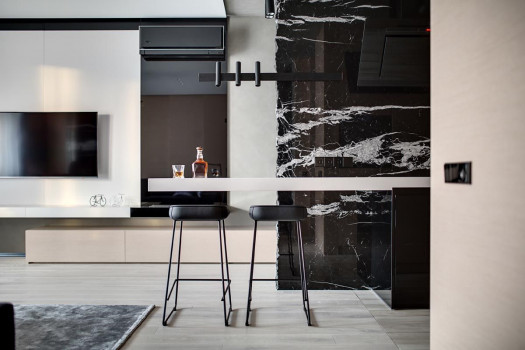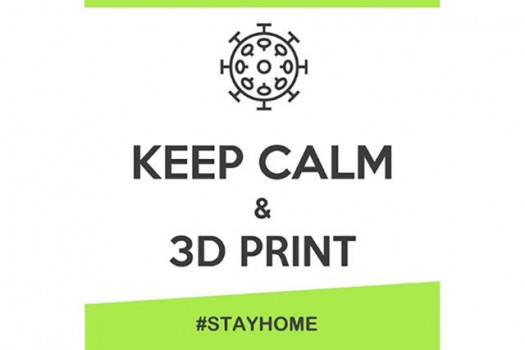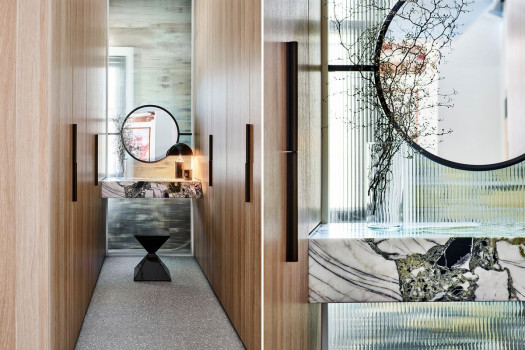Mastering the Art of Architectural Communication: Effective Conveyance of Ideas to Clients and Stakeholders




In the dynamic world of architecture, where creativity and functionality intertwine, the ability to effectively communicate ideas to clients and stakeholders is a pivotal skill. The success of any architectural project hinges on clear and persuasive communication that transcends blueprints and technical jargon. In this blog post, we delve into the strategies architects employ to convey their vision with clarity and impact.
1. Visual Storytelling:
Architects often utilize visual aids to tell a compelling story about their design. High-quality renderings, 3D models, and virtual reality walkthroughs enable clients and stakeholders to experience the project before it's built. These tools immerse them in the proposed space, allowing them to understand the design intent and envision the final result.
2. Simplified Language:
Technical terms and complex architectural jargon can be overwhelming for clients who lack a background in the field. Architects who master the art of simplifying their language while explaining intricate concepts can bridge the knowledge gap and foster better understanding. Analogies, metaphors, and relatable comparisons can make communication more accessible and relatable.

3. Storyboarding and Presentations:
Architects often use storyboarding techniques to organize their ideas visually. These storyboards can take the form of slideshows, videos, or physical boards. Presentations are carefully structured to guide the audience through the design process, explaining each phase, material choice, and design rationale in a coherent manner.
4. Tailored Communication:
Every client and stakeholder group has unique priorities and concerns. Architects tailor their communication to resonate with these groups. For example, a financial stakeholder might be more interested in cost projections and return on investment, while a community group might prioritize sustainable features and social impact.
5. Listening and Collaboration:
Effective communication is a two-way street. Architects actively listen to client feedback and incorporate it into their designs. Engaging stakeholders in collaborative discussions ensure that their concerns are addressed and their needs are met. This not only leads to better design outcomes but also builds trust and rapport.
6. Visualisation Tools:
Architects harness various visualization tools, such as physical models, digital animations, and augmented reality, to bring their ideas to life. These tools provide a tangible sense of scale, form, and spatial relationships, making it easier for clients and stakeholders to connect with the design concept.

7. Bridging the Imagination Gap:
Clients and stakeholders might struggle to visualize the end product from sketches or plans. Architects use techniques like overlaying renderings on-site photographs or creating photomontages to show the proposed design within the existing context. This helps bridge the gap between imagination and reality.
8. Regular Updates:
Maintaining open lines of communication throughout the project's lifecycle is vital. Regular updates, whether in the form of progress reports, meetings, or visual updates, keep clients and stakeholders engaged and informed. Addressing concerns and changes promptly ensures a smoother project trajectory.
In conclusion, effective communication in architecture is about translating complex ideas into accessible language, using visual aids to tell a compelling story, and engaging in open collaboration. Architects who master these communication skills not only enhance the project's success but also establish strong relationships with clients and stakeholders, fostering a shared sense of ownership and pride in the final built environment.




 Indonesia
Indonesia
 New Zealand
New Zealand
 Philippines
Philippines
 Hongkong
Hongkong
 Singapore
Singapore
 Malaysia
Malaysia







